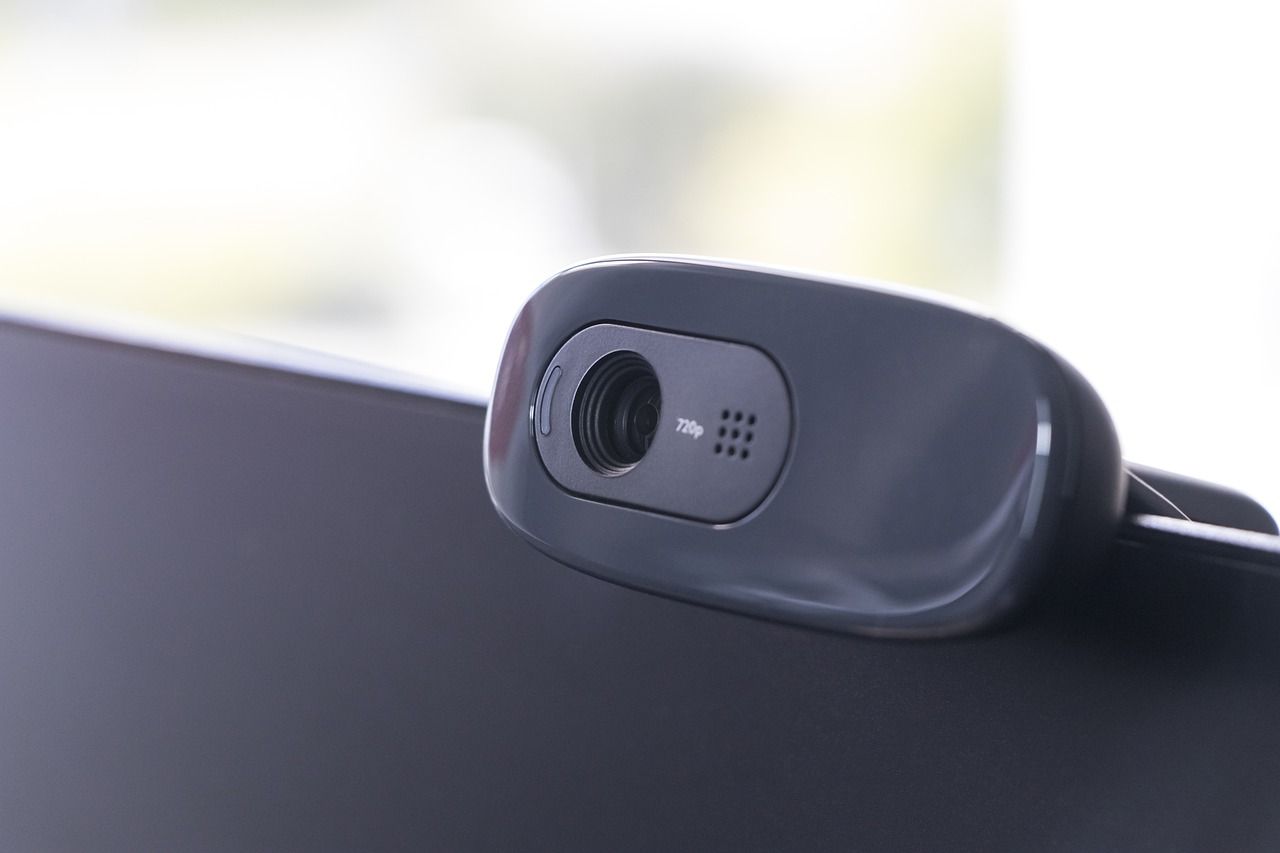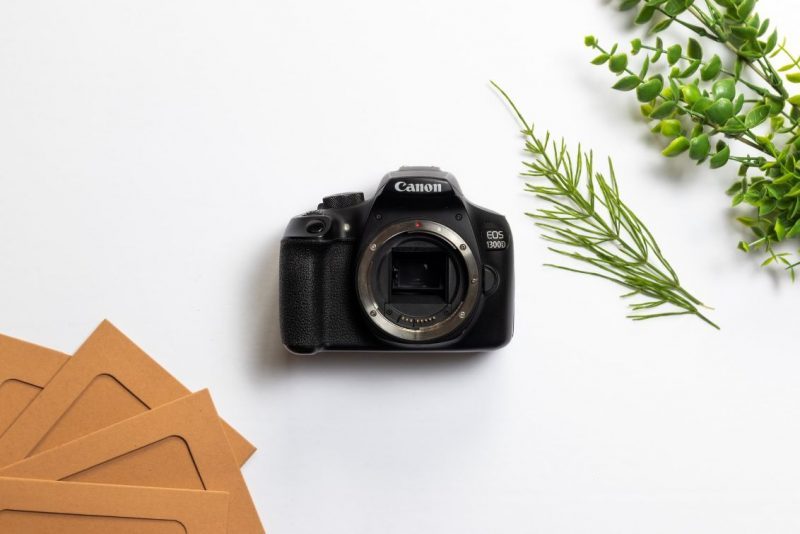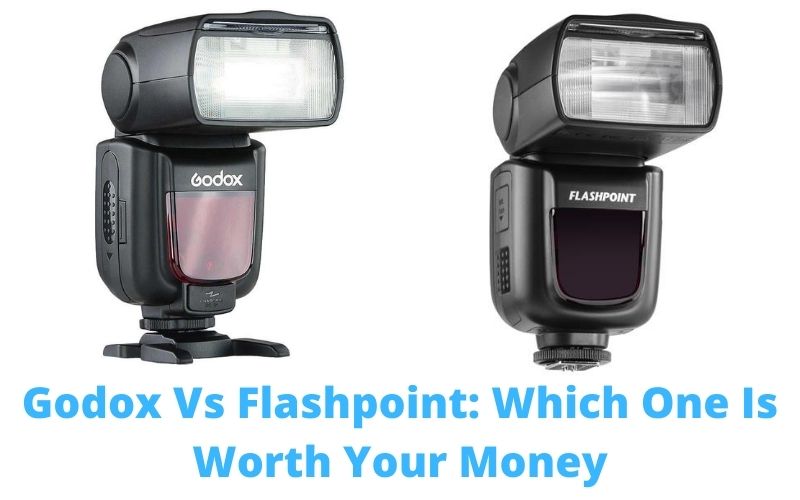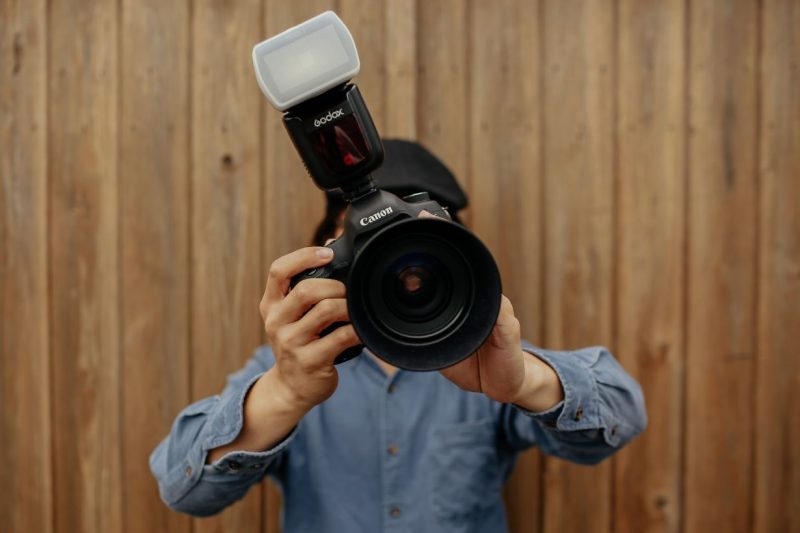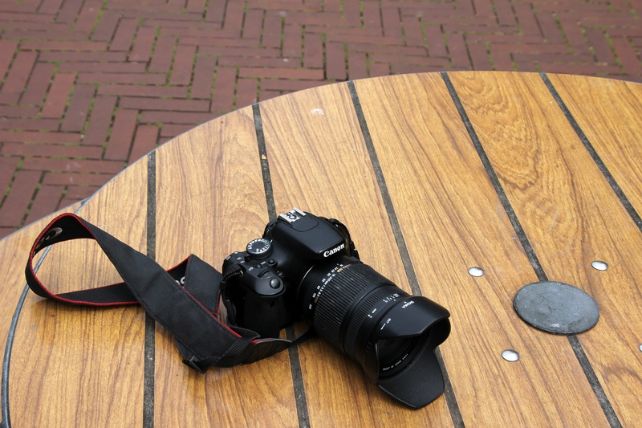While a macro lens gives you the subtle details, a wide-angle lens tells the story behind the subject. No wonder why people are so into wide-angle macro photography.
The macro lenses with medium to long focal lengths bring out the finer details of the subject. But while doing this, they limit everyone’s perspective only to the subject. Have you ever noticed that those small subjects appear enormous with their fabulous background when captured with a wide-angle macro lens?
That is why people look for wide angle macro lens while some of them remain perplexed about how to use a wide-angle with macro. This article comes as an aid to those people and will provide some essential tips for successful wide angle macro photography.
So, how to use a wide angle lens with macro?
The macro has the ability to focus close and wide-angle has the advantage to have a large field of view. When you add on extension tubes such as Canon EF 12, FUJIFILM Macro Extension Tube MCEX-11 between lenses, you’re good to go for capturing amazing shots.
What Does A Wide Angle Macro Lens Do?
A wide angle macro lens is used to capture close-up photos with a wide-angle lens. An extension tube may be used to join both the lens together or some often use closed-up images with the wide-angle alone.
Wide-Angle Macro: The Essential Guide
Once you capture a macro shot with your wide-angle lens, you’ll just be a fan of this type of photography. Here I’ll be describing how to use a wide angle lens with macro.
Lenses for Wide-Angle Macro Photography
Well, there’re lots of wide-angle macro lenses such as .43x wide angle lens with macro or 0.45x wide angle lens with macro available to work with lenses of specific focal length.
However, you can use any available wide-angle zoom or prime lens to get the job done. There might be a difference in quality but that’s obvious as some lenses are just better than others, right?
The determining factor of the lens that you choose is the distance of the closest focus. The term refers to the distance between the sensor plane to the subject. You may get the information from the spec sheets. Ideally, the minimum focus distance should not be more than 30cm.
Prime vs Zoom Lens
Primes lenses offer much better outputs than zoom lenses in terms of wide-angle macro photography. You only need to incorporate a longer thread length which lets you go and focus closer to the subject.
However, zoom lenses aren’t too bad especially if you’re the one who wants to experience the variance of photos at different focal lengths. Then again, I won’t recommend using a zoom lens with a wide focal range as it’s not capable of keeping the large field of area.
The best zoom for wide-angle macro would be the lens with the maximum zoom of 2x such as 16-35mm or 10-20mm, or similar ones. These lenses are a bit costlier than the kit zooms due to their complex mechanism and construction.
Selection of Extension Tubes
The other way of doing wide-angle macro photography is adding extension tubes between lenses. It is basically a metal ring that is placed between an interchangeable lens and your camera’s sensor.
The thumb rule of selecting the extension tubes is, the shorter the focal length, the thinner the tube will be. Tubes can be combined for lenses with larger focal lengths. People often use the 20mm and 30mm together while shooting with a 200mm lens to go close to the subject keeping it focused as much as possible.
Remember not to use a too-long tube for the focal length of the lens as it decreases the amount of depth of field considerably resulting in a poor focus on the subject.
If you own a shorter focal length lens, for example, 60mm lens, appropriate extension tubes such as 8mm or 12mm can be used to shoot macros with great depth of field for the main subject. It also provides a sense of background landscape using a small aperture.
Another important fact is for lenses with shorter focal lengths, 16mm lens, for example, the focus point is just right in front of the lens. Even a small extension brings the subject so close to the lens which can cause lighting problems. Also, if the subject is an animal or insect, they might get scared of your and your lens shadows.
Again, the 24mm lens has the focus point slightly backward that focuses the subject with relative background detail.
Wide Angle vs. Fisheye
Many people get confused between fisheye and ultra-wide lenses while buying a lens with a very short focal length. One of the reasons is that the manufacturers produce lenses of the same focal length and label one as fisheye and another as wide-angle.
The primary difference between these two types of lenses is the level of correction for curvature distortion. The ultra-wide-angle lenses seem realistic as they are corrected to be rectangular as much as possible so that the straight lines of the frame remain straight in the photo. On the other hand, fisheye lenses aren’t corrected so that the straight lines seem curved which gives a dramatic look.
For wide-angle macro shoots, I recommend going for the wide angle lens attachment in general rather than fisheye lenses.
Tips for Wide Angle Macro Photography
Get Close Enough
Wide-angle photos demand sufficient background details. So, you should get close to the subject and if possible, capture the photo from the ground level of the subject. You might have to lay on surfaces but you’ll see the difference once captured.
Use A Tripod
You need a tripod whenever necessary in order to get the best-focused picture just at the right time.
Adjust the Alignment
Adjusting alignment is a crucial thing for macro photography. Depth of field is very shallow and a slight tilt up or down can change the perspective of the picture dramatically. So, while shooting wide-angle close-ups, make sure to have a trial and error session to adjust the camera position precisely.
Control Depth of Field Using Aperture
To get the highest depth of field you have to select a small aperture such as f/16 or f/22. On the other hand, if you want an excellent bokeh of the background, you can go for the full aperture of f/2.8 or f/4.
The latter has the advantage of showing the out-of-focus background as circle-like bubbles which many find attractive.
Conclusion
Wide-angle macro photography is widely popular for producing breath-taking photos. The most amazing thing is that each wide-angle macro photo tells a story of the background.
This article regarding how to use a wide angle lens with macro should make you able to capture beautiful photos. How about learning how to DIY a wide-angle macro lens? Do let me know in the comment section.


